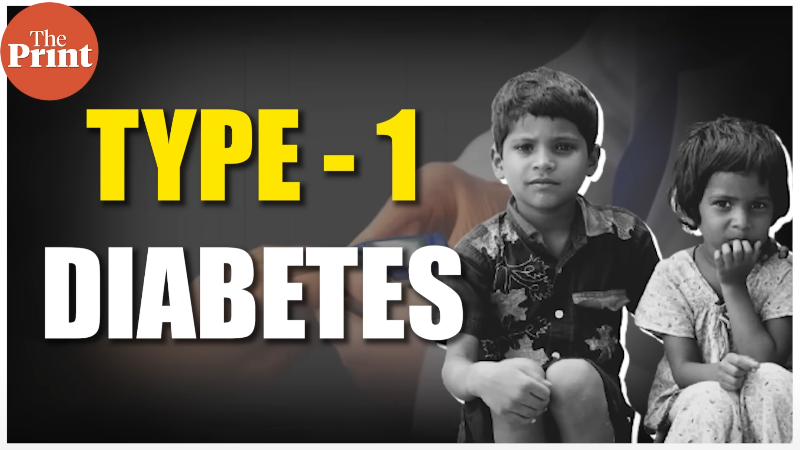by American College of Physicians
Credit: CC0 Public Domain
A review of 33 organ-specific cancer screening guidelines has found that the reporting of harms related to screening tests and procedures is inconsistent across cancer types and at each stage of the screening process. The review is published in Annals of Internal Medicine.
Cancer screening research and guidelines have historically focused on the benefits, rather than harms, of screening tests and procedures. The delivery of cancer screening can result in pain or discomfort, iatrogenic complications, distress from abnormal results, a cascade of additional tests and procedures accompanied by their own set of harms, and patient costs. Cancer screenings instead should only be recommended when the balance between harms and benefits is favorable.
Researchers from the Population-based Research to Optimize the Screening Process (PROSPR) consortium conducted a review of 33 guidelines for five organ-specific cancer types. The authors evaluated the guidelines using a taxonomy of screening harms as well as a conceptual model of the cancer screening process. They found that guidelines did not report all harms for any specific organ type or for any category of harm across organ types. They report that harms reporting was the most complete for prostate cancer screening and the least complete for colorectal cancer screening. The authors highlight opportunities to improve harms research and reporting, including providing reliable, quantitative estimates; measuring and reporting the cumulative risk for harms over multiple rounds of screening; and quantifying the denominator of persons entering each step of the screening process to understand how screening harms accrue. They also recommend that future work should consider nuances associated with each organ-specific process to screen for cancer, including which harms are most salient and where evidence gaps exist, and explicitly explore how to optimally weigh available evidence in determining net screening benefit. They suggest improved harms reporting could aid informed decision making, ultimately improving cancer screening delivery.
An accompanying editorial from the University of North Carolina, Chapel Hill highlights how a lack of research on and underrecognition of the harms of screening directly impacts both clinicians and patients. The authors then suggest that guideline groups collaborate to conduct thorough research and offer more transparency about how benefits and harms are weighed and included in guidelines.
More information: Aruna Kamineni et al, Evaluation of Harms Reporting in U.S. Cancer Screening Guidelines, Annals of Internal Medicine (2022). DOI: 10.7326/M22-1139
Russell P. Harris et al, Cancer Screening Guidelines Are Not Simple, But They Could Be Less Complex, Annals of Internal Medicine (2022). DOI: 10.7326/M22-2599
Journal information: Annals of Internal Medicine
Provided by American College of Physicians







Post comments